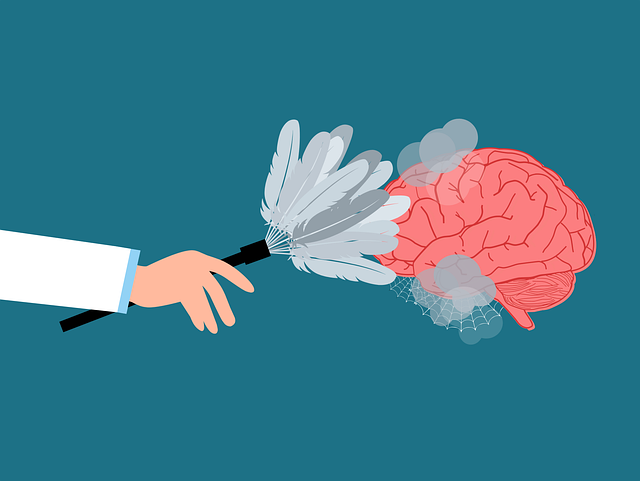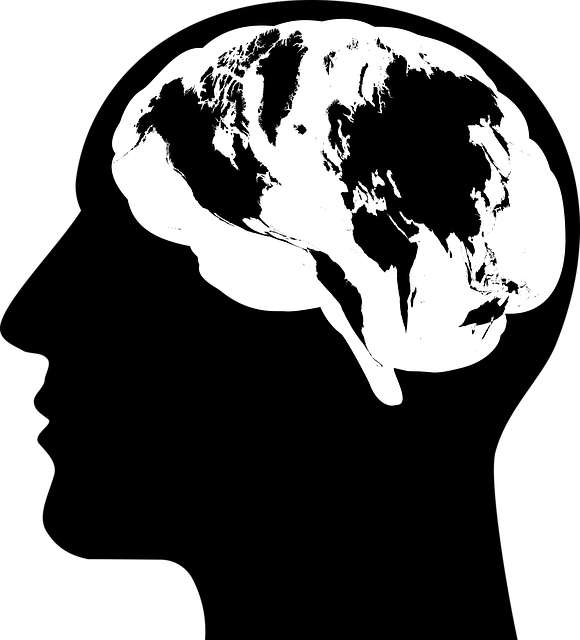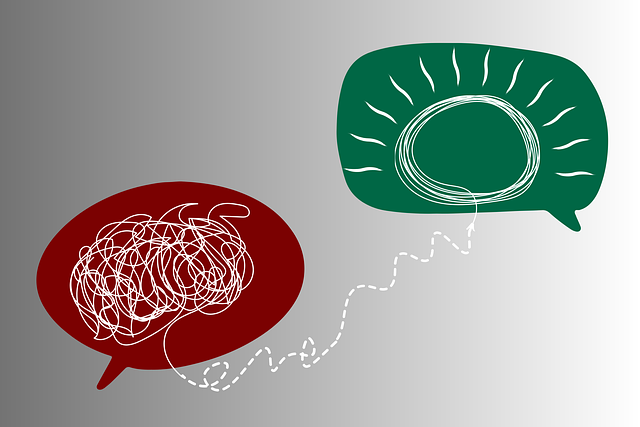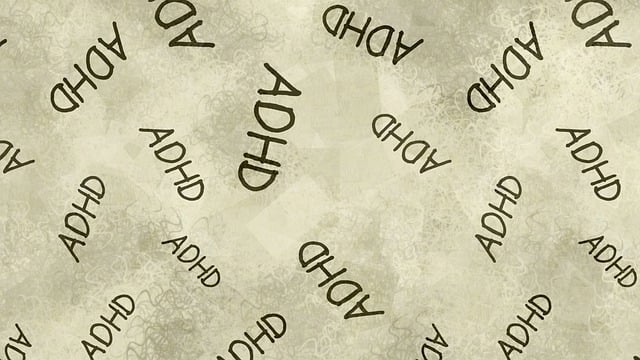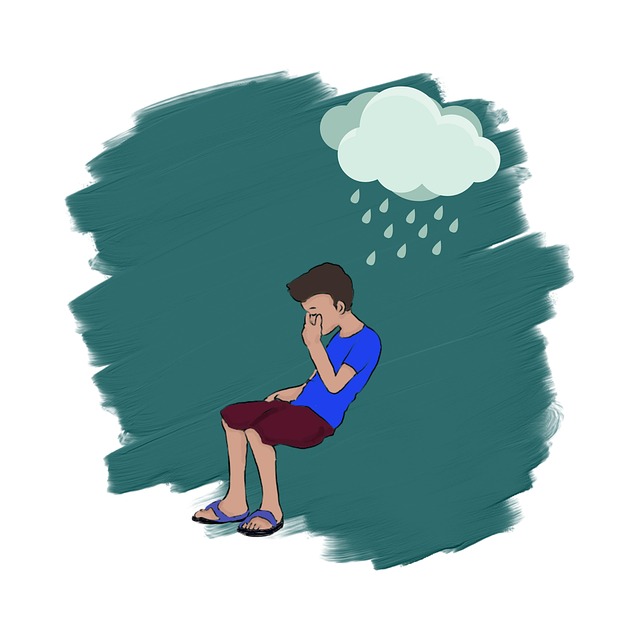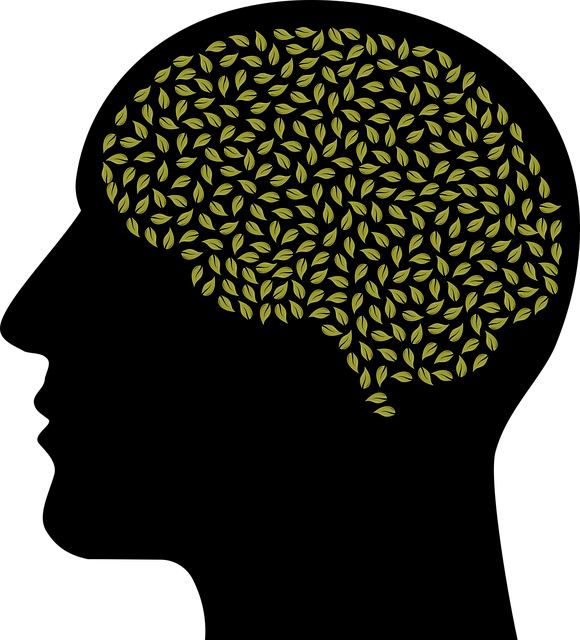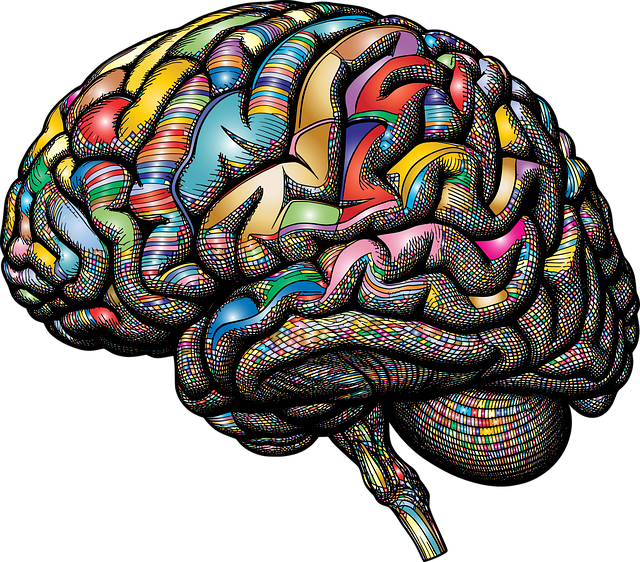Centennial Cognitive Behavioral Therapy (CCBT) emphasizes understanding community needs for effective mental health outreach. By engaging with local demographics and tailoring specialized programs like Mental Wellness Journaling for adolescents and Social Skills Training, CCBT addresses unique challenges such as anxiety, depression, and substance abuse. Public Awareness Campaigns destigmatize mental health issues, encouraging early intervention. Strategic planning involves partnerships with local organizations, risk management, and coping skills workshops. Impact measurement through structured assessments, feedback, and CBT-informed surveys ensures positive outcomes, strategy refinement, and long-term sustainability.
Community outreach programs play a vital role in enhancing mental health accessibility. This article explores strategies for successful implementation, focusing on the power of Centennial Cognitive Behavioral Therapy (CBT) as an engaging tool. We’ll delve into understanding community needs and identifying specific targets, effective implementation techniques, and measuring impact through CBT-based evaluations. By harnessing these methods, communities can revolutionize mental healthcare access and foster positive change.
- Understanding Community Needs: Identifying Targets and Goals for Outreach Programs
- Strategies for Effective Implementation: Engaging the Community with Centennial Cognitive Behavioral Therapy
- Measuring Impact and Success: Evaluating the Effectiveness of Community Outreach Initiatives with CBT Techniques
Understanding Community Needs: Identifying Targets and Goals for Outreach Programs

Understanding community needs is a foundational step in implementing effective outreach programs, such as Centennial Cognitive Behavioral Therapy (CCBT). By engaging with the community, mental health professionals can identify specific targets and set achievable goals tailored to address unique challenges. This involves assessing local demographics, cultural nuances, and prevalent issues like anxiety, depression, or substance abuse, which may require specialized approaches.
For instance, a CCBT outreach program could focus on implementing Mental Wellness Journaling Exercises for adolescents in under-resourced schools, alongside Social Skills Training workshops for individuals with social anxiety. Additionally, developing Public Awareness Campaigns can help destigmatize mental health issues and encourage early intervention, ultimately fostering a more supportive community environment.
Strategies for Effective Implementation: Engaging the Community with Centennial Cognitive Behavioral Therapy

Implementing a successful community outreach program, like Centennial Cognitive Behavioral Therapy (CCBT), requires strategic planning and engagement. The first step is to understand the needs and preferences of the target community. This involves conducting thorough research, focusing on identifying specific mental health challenges prevalent in that area. Once these needs are ascertained, CCBT can tailor its services accordingly, ensuring relevant and impactful programs.
Effective implementation also encompasses building strong partnerships with local organizations, schools, and community leaders. Collaborating with these entities facilitates better reach and acceptance of the therapy services. Moreover, integrating coping skills development workshops or sessions within the outreach program enhances its impact. Risk management planning for mental health professionals is another crucial aspect, ensuring a safe and supportive environment for both practitioners and participants during the implementation process.
Measuring Impact and Success: Evaluating the Effectiveness of Community Outreach Initiatives with CBT Techniques

Measuring the impact and success of community outreach initiatives is crucial to ensure their effectiveness and sustainability. Centennial Cognitive Behavioral Therapy (CBT) techniques offer valuable tools for evaluating these programs. By focusing on specific goals, such as improving mental health awareness or fostering empathy building strategies, organizers can track progress through structured assessments. Regular feedback from participants and the community at large plays a vital role in this process.
Through CBT-informed surveys and interviews, outreach programs can gauge changes in perceptions, attitudes, and behaviors related to mental wellness. For instance, a Mental Wellness Podcast Series Production might measure the impact of its initiatives on self-care routine development for better mental health. This data helps refine strategies, identify areas for improvement, and ultimately, maximize the positive outcomes of community outreach efforts.
Community outreach programs, especially those employing Centennial Cognitive Behavioral Therapy (CBT) techniques, prove effective in addressing diverse community needs. By understanding local targets and goals, engaging residents actively through CBT-based strategies, and evaluating success with measurable outcomes, initiatives can foster positive change. This comprehensive approach not only enhances the well-being of individuals but also strengthens the fabric of communities as a whole.
